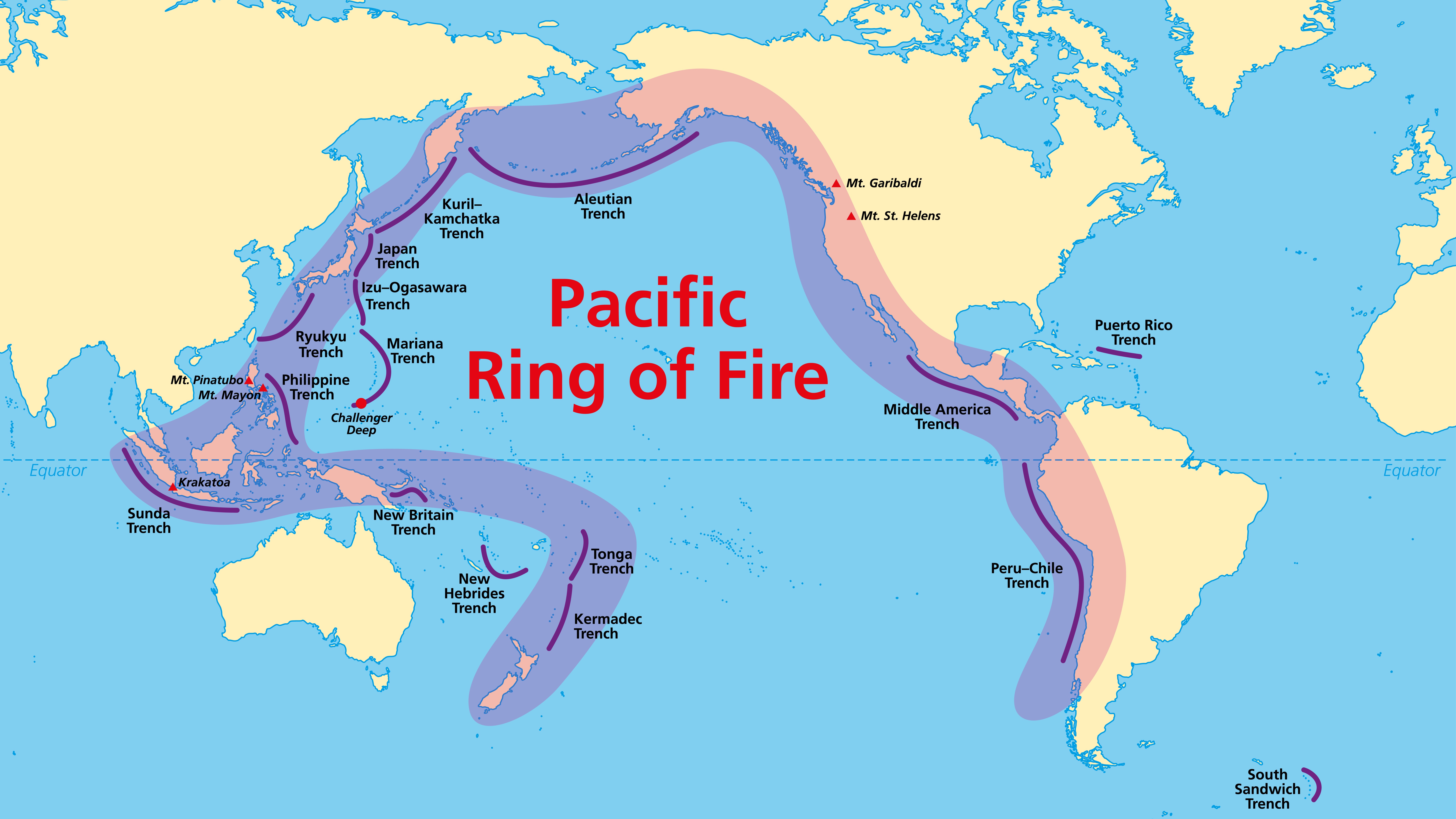Earth: Facts about the Blue Planet
Discover interesting facts about how Earth formed, what it's made of and more.

How big it is: 7,926 miles (12,760 kilometers) wide
How old it is: 4.5 billion years
How fast it moves around the sun: 67,100 mph (30 km per second)
Earth is our home planet, and it's the only place in the universe where we know for certain that life exists. Earth formed over 4.5 billion years ago from a swirling cloud of gas and dust squished together by gravity. That same cloud gave rise to our entire solar system, including our star, the sun. Keep reading to learn more about Earth's different layers, its atmosphere, and what makes the "blue planet" unique.
5 fast facts about Earth
- Earth isn't perfectly round
- Life on Earth is about 3.7 billion years old
- 71% of Earth's surface is covered in water
- "Earth" is an old Germanic word that means "the ground"
- In 2.3 billion years, the sun will swallow Earth
Everything you need to know about Earth
What is Earth made of?
Earth is made out of different layers, and those layers get hotter and more pressurized the deeper you go. The first layer is the crust, a thin outer shell that extends about 18 miles (30 km) below the planet's surface. The next layer, the mantle, stretches about 1,800 miles (2,900km) below Earth's surface. The mantle contains both magma, or molten rock, and slowly-moving solid rock. Earth's innermost layer is called the core. The outside of Earth's core is made from molten nickel and iron that can reach temperatures of 9,000 degrees Fahrenheit (5,000 degrees Celsius). In the inner core, the pressure is so massive that the ultra-hot metal turns solid. The moving metals in Earth's core create the planet's magnetic field.
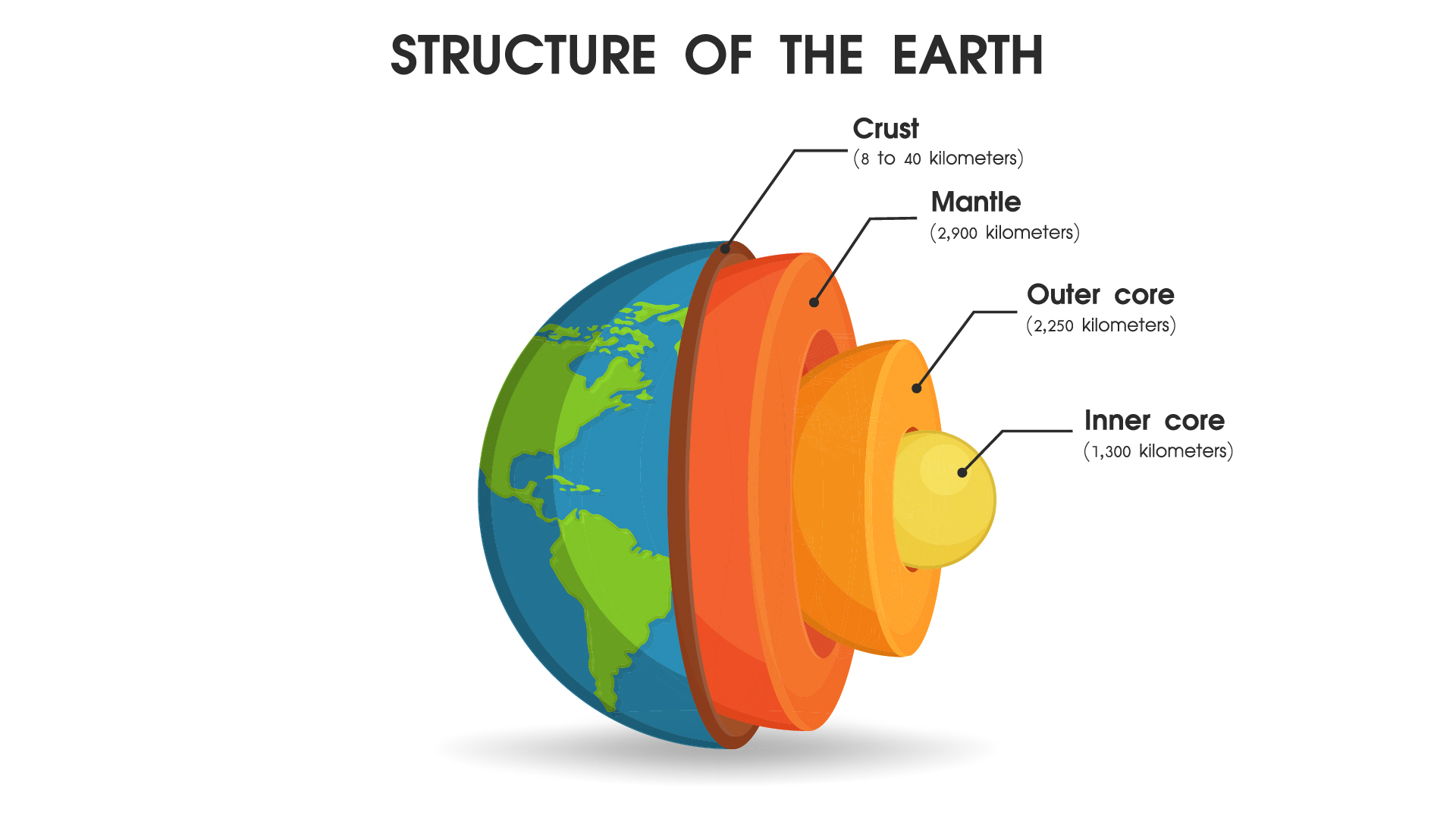
Where is Earth located?
Our planet sits in a small corner of the Milky Way galaxy, 25,000 light-years from the galaxy's center. Our solar system lives on a minor arm of the Milky way called the Orion Spur. The Orion Spur branches off from the Sagittarius Arm, one of the galaxy's two major spiral arms.
Earth's circumference is 24,901 miles (40,075 km), making it the largest rocky planet in the solar system. Our planet orbits 93 million miles (150,000 km) away from the sun. This puts Earth in a so-called "Goldilocks zone," where the temperature is just right for liquid water to exist on the surface.
What is Earth's atmosphere?
Our planet's atmosphere is mostly made of nitrogen. The next biggest element is oxygen, and there are also small amounts of argon and carbon dioxide in the atmosphere, plus trace amounts of other gases. The atmosphere has four layers. The troposphere is the layer closest to the surface of the Earth. Next is the stratosphere, which is where commercial airplanes fly. Further out is the mesosphere, and after that, the thermosphere, which begins the transition into outer space.
Human activity has a huge effect on climate and weather in Earth's atmosphere. By making carbon dioxide, which traps heat from the sun, human industry is causing global warming.
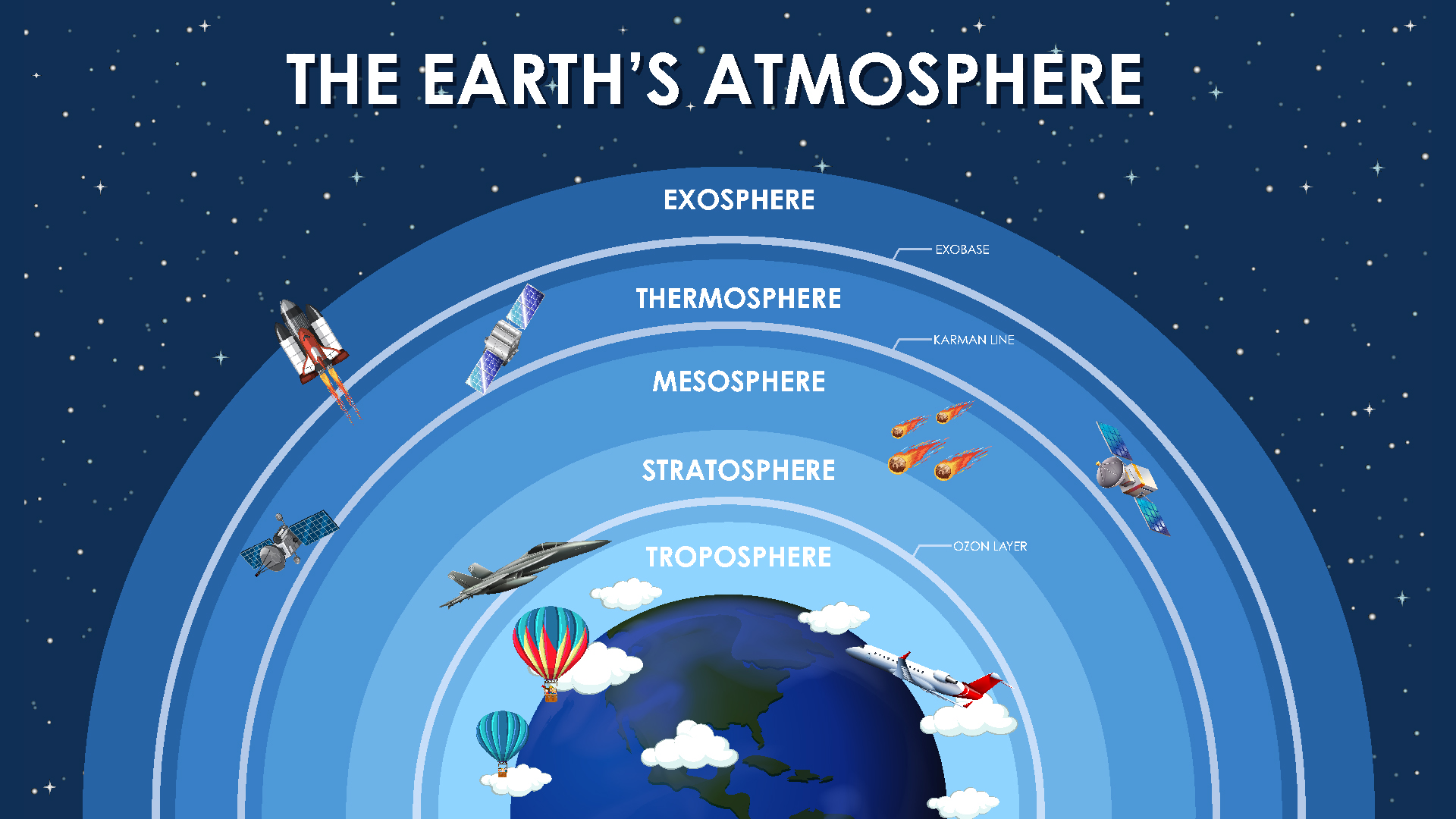
What makes Earth special?
A few important characteristics make Earth unique and hospitable for life. The presence of liquid water, relatively mild temperatures, and an oxygen-rich atmosphere all help support life on Earth. Earth is also the only planet in our solar system known to have plate tectonics, or pieces of the crust that move around and smash into each other. Increasingly, scientists believe that plate tectonics may have also been key to the development of life on Earth.
Earth is tilted on its axis, meaning that sunlight falls unevenly on the planet over the course of the year. This tilted axis is why Earth has seasons, and it creates the planet's three major climactic zones: the polar regions in the Arctic and Antarctic, the middle temperate zones, and the tropical regions.
Earth's tallest point above sea level is the peak of Mount Everest, at 29,032 feet (8,849 meters). A crescent-shaped trough at the bottom of the western Pacific Ocean known as the Mariana Trench is the deepest spot on our planet, extending down to 36,037 feet (10,984 m).
The Nile is the longest river in the world, winding for 4,132 miles (6,650 km) through northeastern Africa. Lake Baikal in Russia is the largest and deepest freshwater lake, containing 5,521 cubic miles of water (23,013 cubic kilometers) — it holds as much water as all five North American Great Lakes combined.
Earth pictures
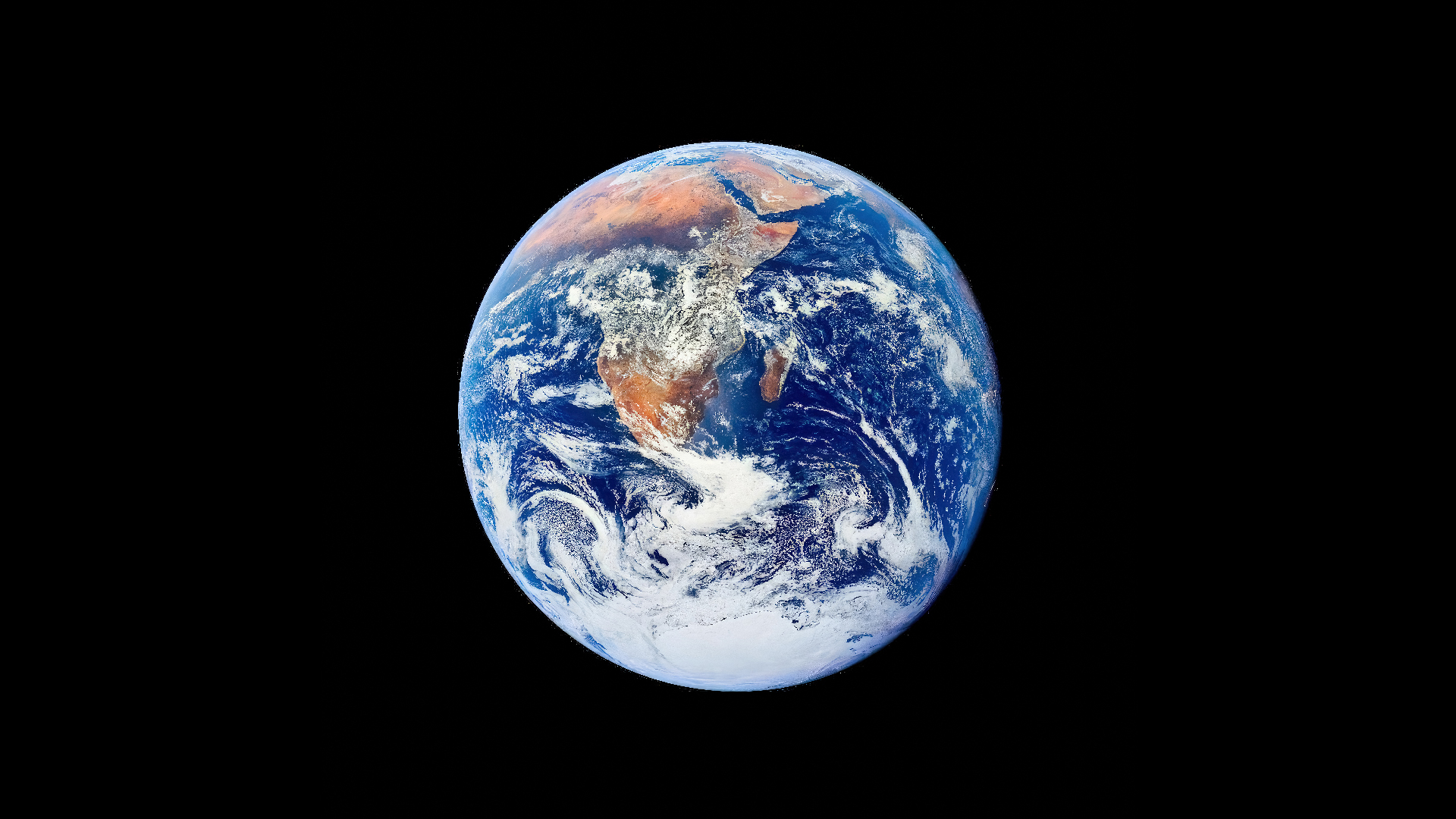
Planet Earth
A satellite image of Earth from space.
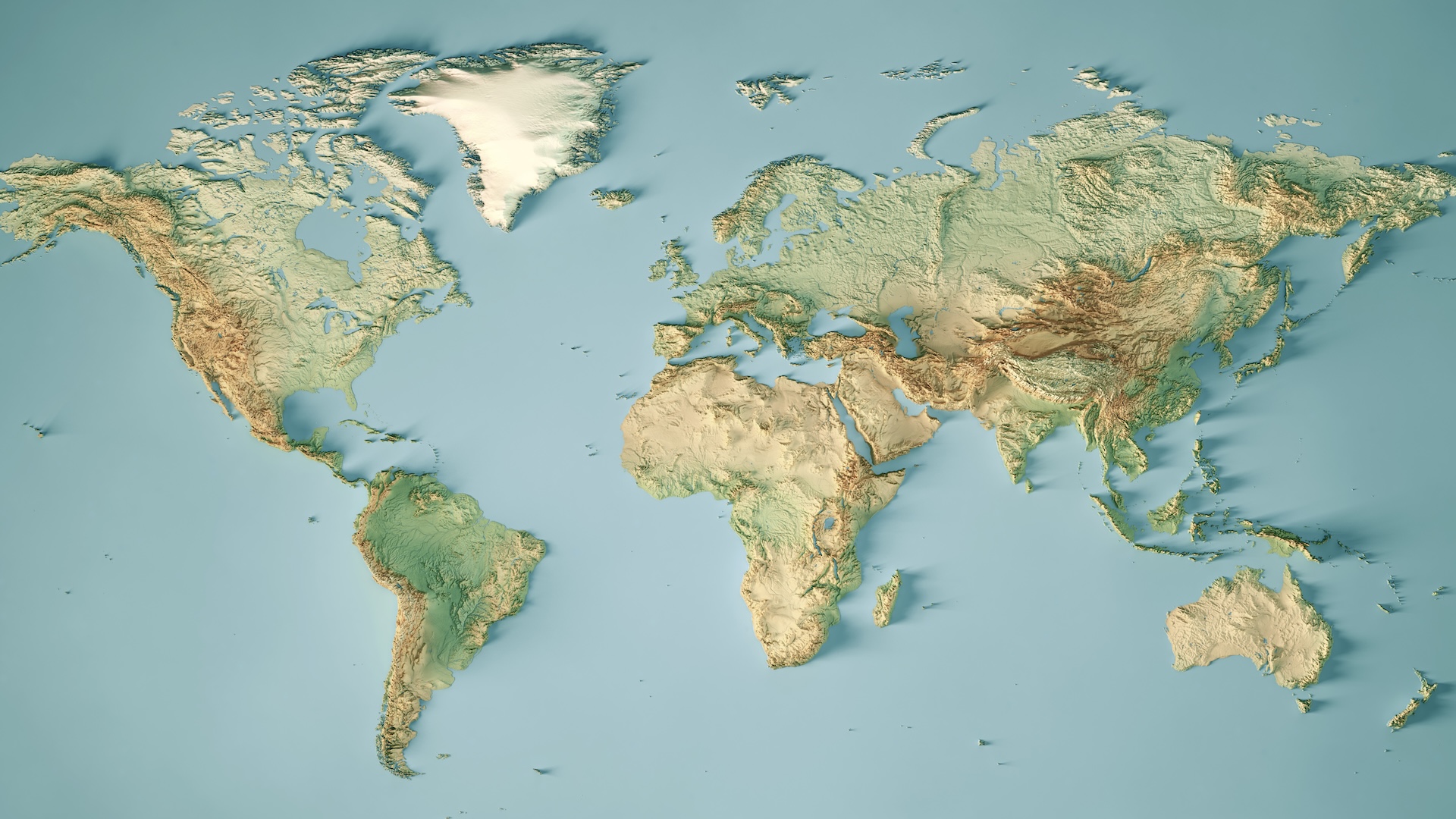
Continents
Earth has seven continents: North America, South America, Europe, Asia, Africa, Oceania and Antarctica.
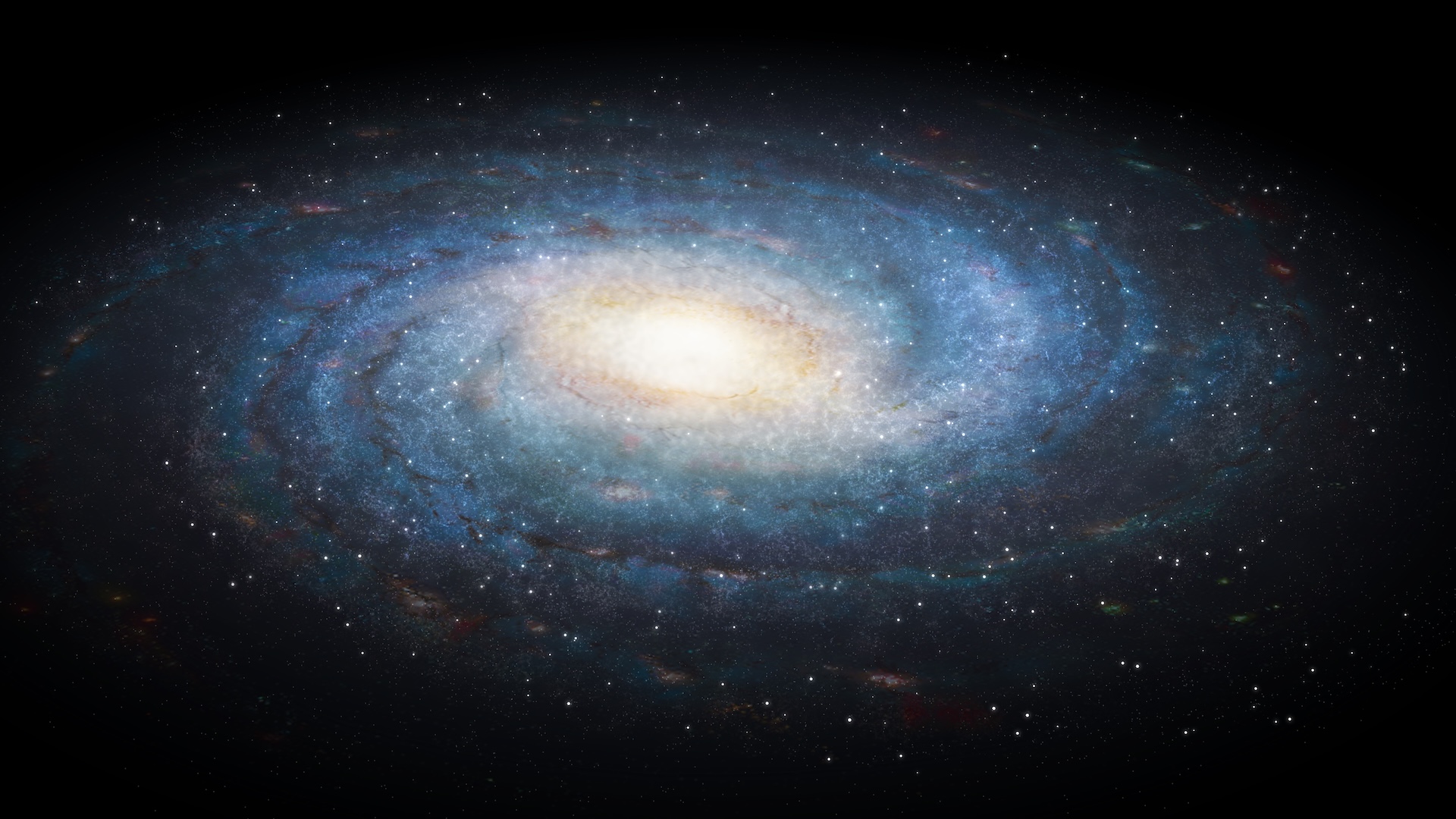
Our galaxy
Earth is situated in the Milky Way galaxy.
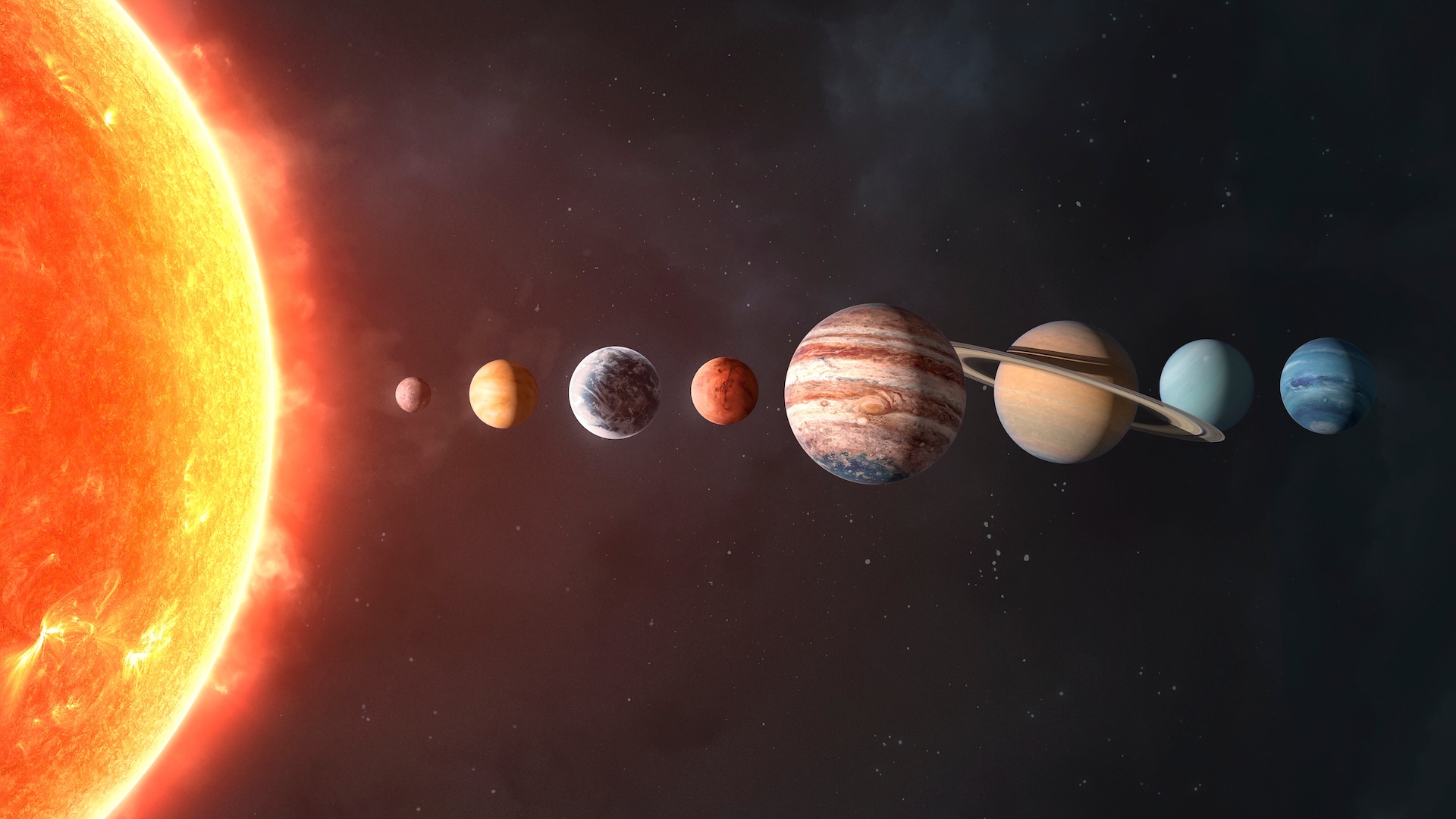
Solar system
Earth is the third planet from the sun in our solar system.
Discover more about Earth
—50 interesting facts about Earth
—27 weirdest things on Google Earth
—Earth from space — Incredible images of our planet from above
Further reading
Learn how to measure Earth's shape and size in this blog post from physicist Matt Strassler. Explore NASA's latest information about Earth. And marvel at the beauty of our planet in this photo gallery from NASA.
Get the world’s most fascinating discoveries delivered straight to your inbox.

Marilyn Perkins is the content manager at Live Science. She is a science writer and illustrator based in Los Angeles, California. She received her master’s degree in science writing from Johns Hopkins and her bachelor's degree in neuroscience from Pomona College. Her work has been featured in publications including New Scientist, the Johns Hopkins Bloomberg School of Public Health magazine and Penn Today, and she was the recipient of the 2024 National Association of Science Writers Excellence in Institutional Writing Award, short-form category.
You must confirm your public display name before commenting
Please logout and then login again, you will then be prompted to enter your display name.
